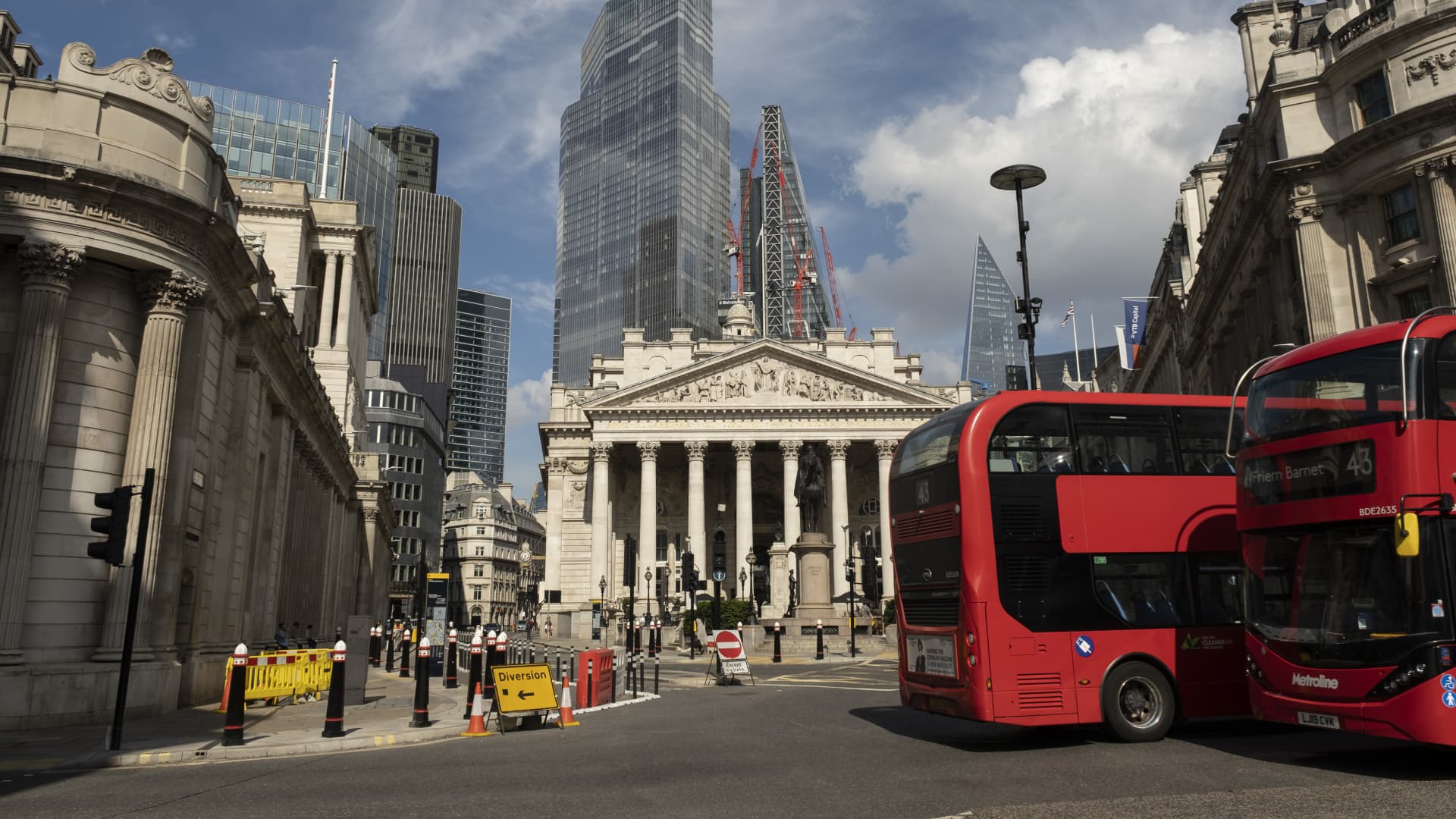U.S. Economic Growth: A Subtle Slowdown Signals Change Ahead
As we approach the end of 2024, the narrative surrounding U.S. economic growth is shifting. After a prolonged period of robust expansion characterized by low unemployment and rising consumer confidence, signs of a subtle slowdown are emerging. This cooling of the economy prompts a critical analysis of its implications for future growth and market stability. Are we witnessing merely a temporary blip in a generally positive trajectory, or is this a harbinger of a more profound transformation? Let’s delve into this complex economic landscape.
Understanding the Current Economic Climate
The latest data indicates that while the U.S. economy continues to grow, the pace has moderated. According to the Bureau of Economic Analysis (BEA), the GDP growth rate for the third quarter of 2024 was revised downward to 2.1%, a noticeable decline from previous quarters. This deceleration can be attributed to several factors, including rising interest rates, inflationary pressures, and global uncertainties that are beginning to weigh on consumer and business sentiment.
The Role of Interest Rates
One of the primary drivers behind the current economic cooling is the Federal Reserve’s aggressive stance on interest rates. Over the past year, the Fed has incrementally raised rates in an effort to combat inflation, which peaked at over 9% in mid-2022. While these measures have successfully brought inflation down to around 4%, they have also contributed to a slowdown in borrowing and spending.
- Higher borrowing costs: Increased interest rates make loans more expensive for consumers and businesses alike, leading to reduced capital expenditures and consumer spending.
- Impact on housing: Higher mortgage rates have cooled the housing market, contributing to a decline in residential investment, a crucial component of GDP.
Consumer Sentiment and Spending
Consumer spending accounts for roughly 70% of U.S. economic activity, making it a vital indicator of economic health. Recent surveys, such as the Consumer Confidence Index, reflect a growing sense of caution among consumers. As inflation persists and interest rates remain elevated, many Americans are tightening their belts, which could lead to further economic stagnation.
Experts suggest that this cautious consumer behavior is not merely a reaction to current economic conditions but also a reflection of longer-term concerns about job security and wage growth.
Global Influences on U.S. Economic Growth
The interconnectedness of the global economy means that external factors are also at play in the U.S. economic slowdown. Geopolitical tensions, trade disputes, and supply chain disruptions have created an environment of uncertainty that affects business decisions and consumer confidence. For example:
- Supply Chain Disruptions: Ongoing supply chain issues, exacerbated by events such as the COVID-19 pandemic and conflicts in Eastern Europe, have led to increased costs and delayed production timelines.
- International Trade: Tariffs and trade barriers can hinder access to markets and increase prices on imported goods, further squeezing consumers.
Sector-Specific Slowdowns
While the overall economy may be slowing, the impact is not uniform across all sectors. Some industries, such as technology and retail, have begun to show signs of contraction, while others, like healthcare and renewable energy, continue to flourish. This divergence highlights the complexity of the economic landscape and the need for nuanced policy responses.
Implications for Future Growth and Stability
The subtle slowdown in U.S. economic growth raises several critical questions about the future trajectory of the economy. Economists and analysts are divided on whether this trend will persist or if we will see a rebound as inflation eases and consumer confidence returns. Here are some potential scenarios:
- Scenario 1: A Temporary Blip – If inflation continues to decline and consumer confidence rebounds, we could see a resurgence in economic activity, particularly in sectors that have been sluggish.
- Scenario 2: A Prolonged Slowdown – If global uncertainties persist and interest rates remain high, we may face a prolonged period of slower growth, which could lead to recessionary pressures.
- Scenario 3: Structural Changes – The current dynamics may signal a shift in how the economy operates, with a greater emphasis on sustainability and technology-driven growth.
The Road Ahead: Strategies for Resilience
Regardless of the future scenario, businesses and policymakers must adopt strategies to navigate this economic uncertainty. Here are some recommended approaches:
- Investment in Innovation: Companies should focus on innovation and efficiency to stay competitive in a challenging environment.
- Diversification: Businesses can mitigate risks by diversifying their supply chains and exploring new markets.
- Policy Adaptation: Policymakers need to remain flexible, adjusting monetary and fiscal policies to respond to changing economic conditions.
Conclusion: A Time for Reflection and Strategy
As the U.S. economy experiences this subtle slowdown, it serves as a crucial reminder of the cyclical nature of economic growth. The signs we observe today may point to important changes on the horizon, whether they be temporary adjustments or more significant shifts in the economic landscape. The coming months will be pivotal in determining the trajectory of U.S. economic growth. Stakeholders, from businesses to consumers, must remain vigilant, adaptive, and prepared for the evolving economic environment. Through strategic adjustments and a focus on resilience, the U.S. can navigate these turbulent waters and emerge stronger on the other side.
See more CCTV News Daily



